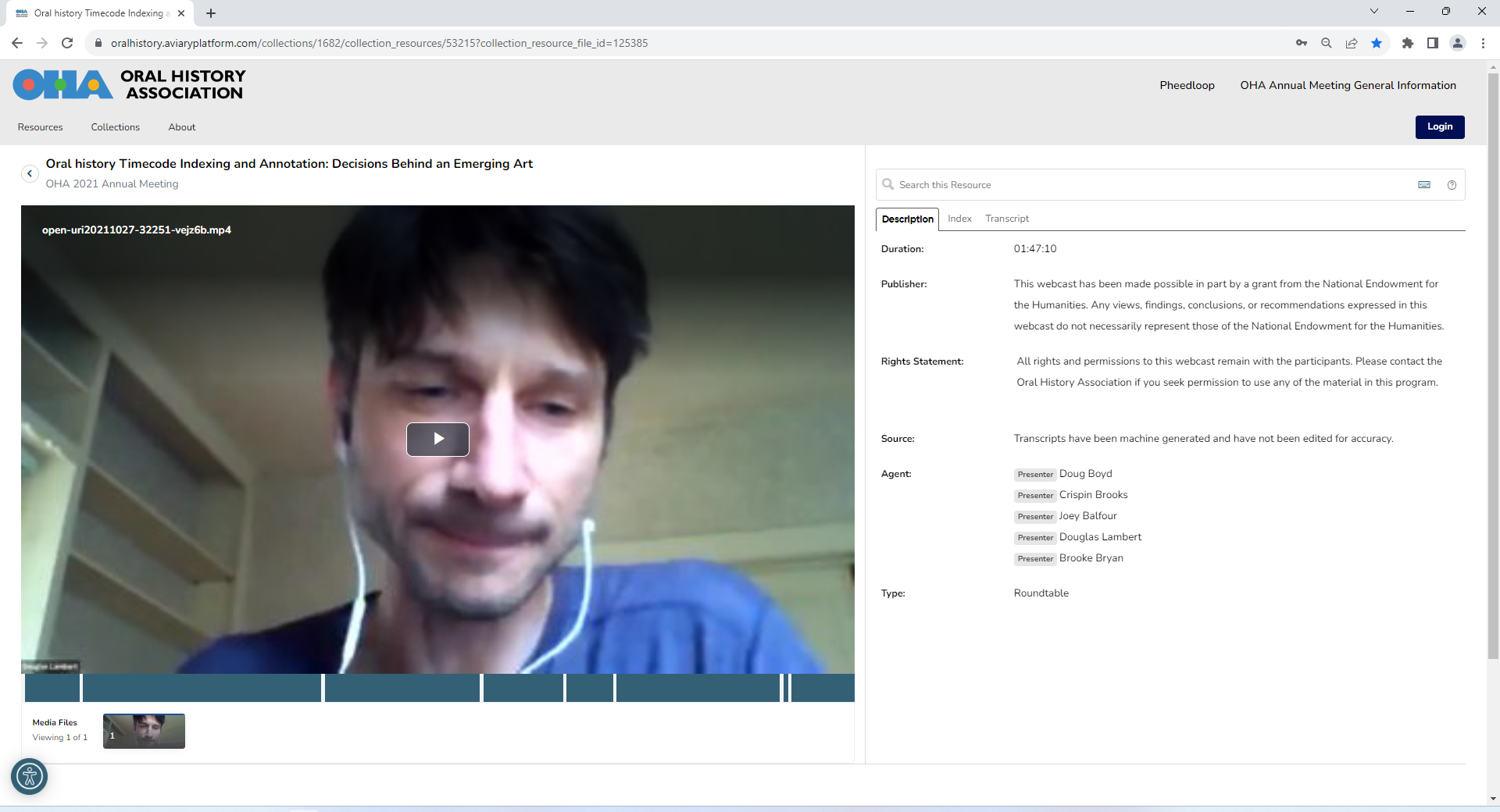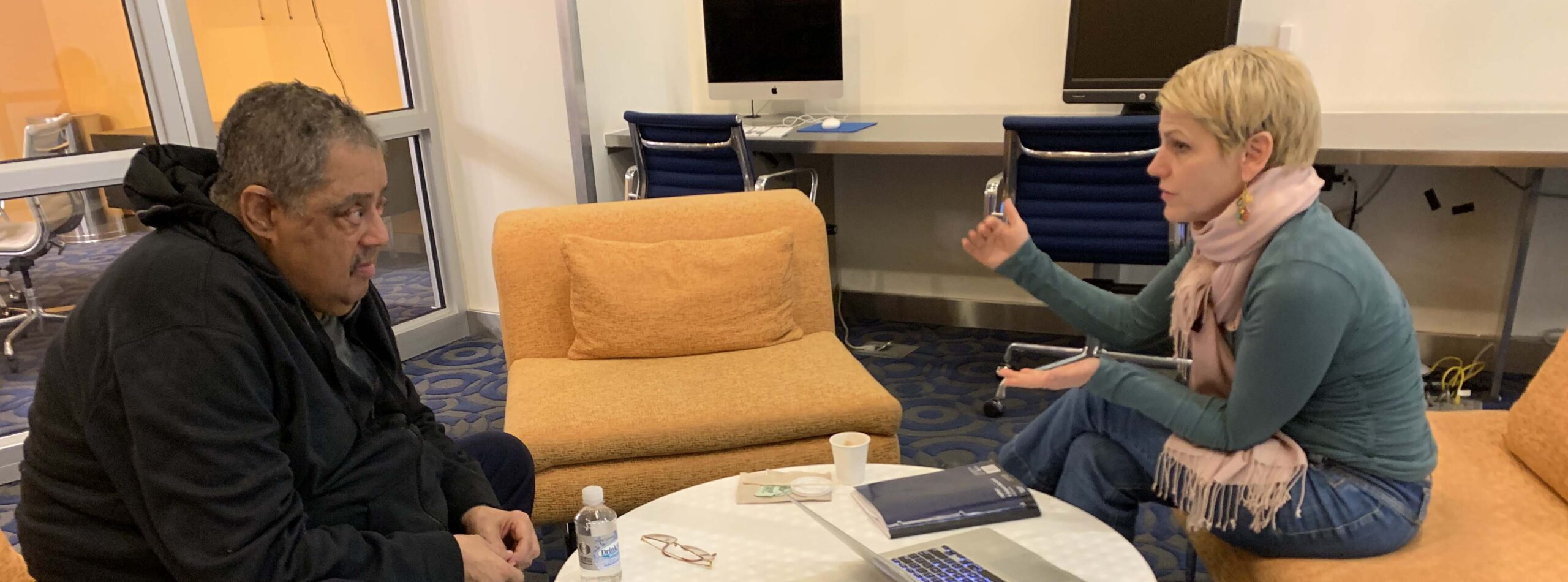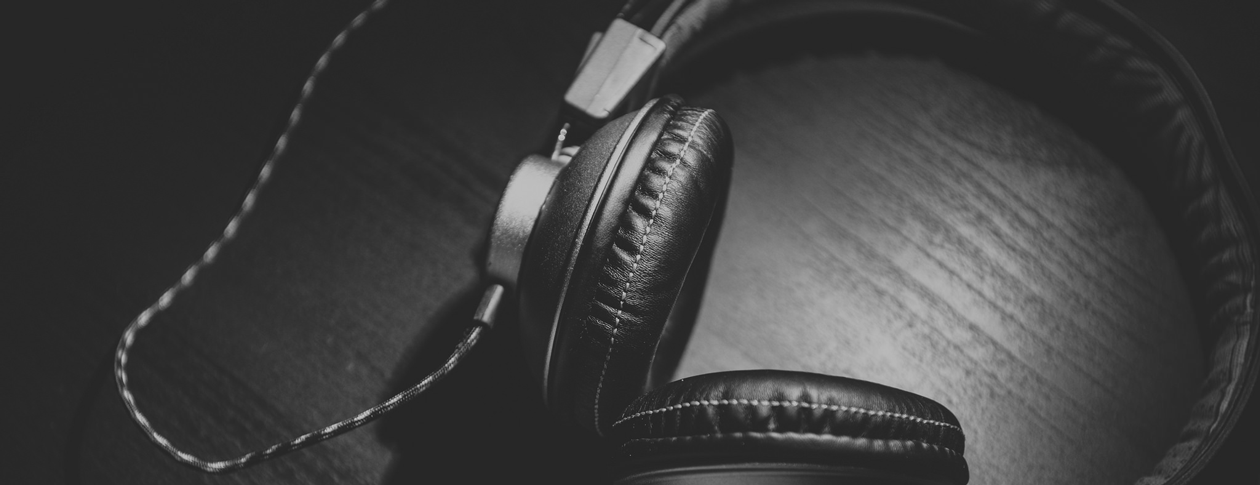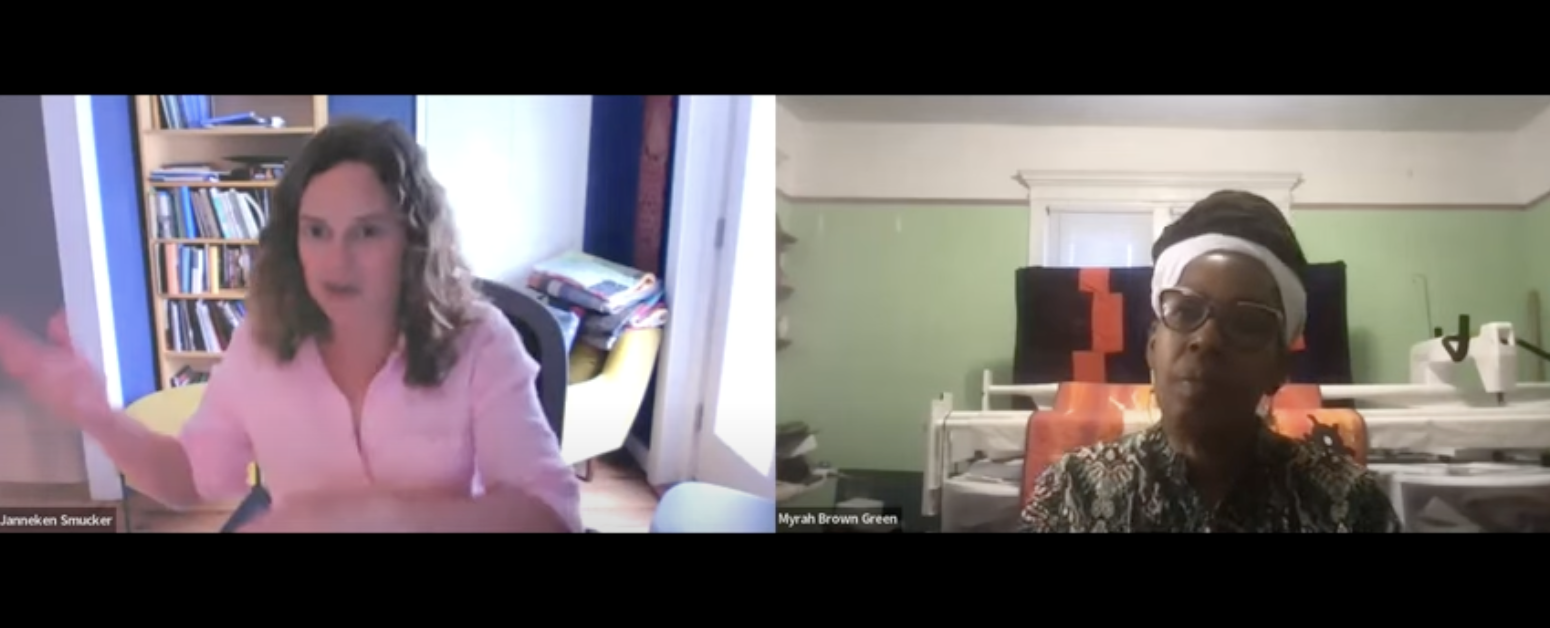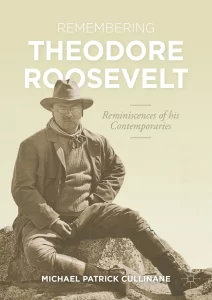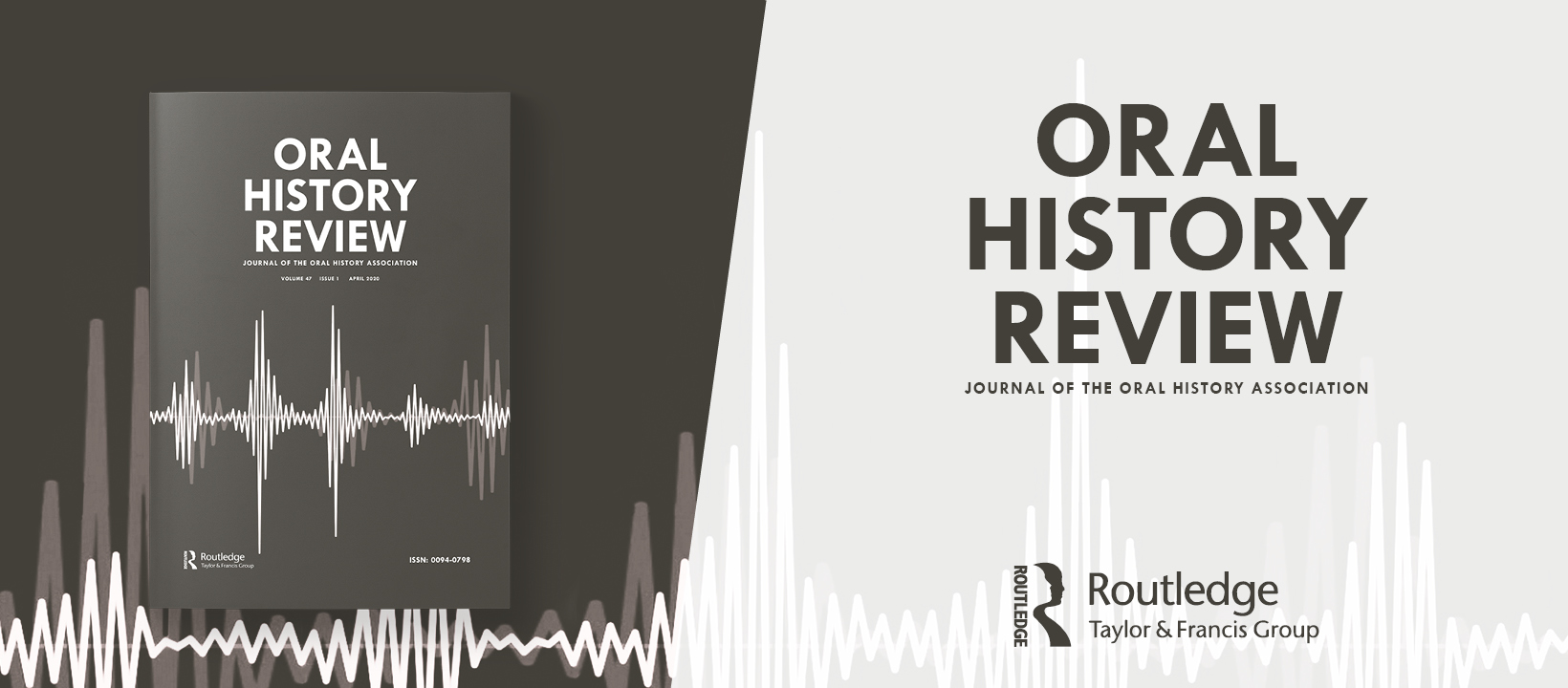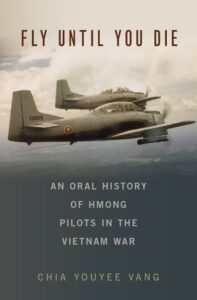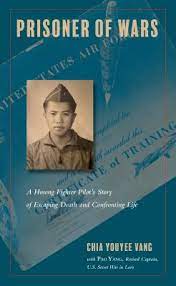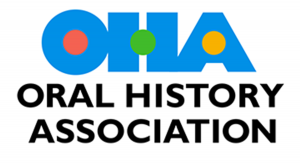Federal Writers’ Project Revisited as a Listening Project
The Federal Writers’ Project, an initiative of the New Deal’s Federal Project One, included one of the first large scale oral history projects which employed out-of work writers and journalists to conduct interviews with 1000s of Americans, including many who had grown up enslaved. The narratives remains a vital record for understanding nineteenth and early twentieth century American life. And the project’s legacy has endured through fiction and historical writing. A new podcast, The People’s Recorder, explores that legacy and examines how we might apply the model of the FWP to recording the stories of the present day. David Taylor, the podcast co-host, explains more.
By David A. Taylor
More than anyone expected, the New Deal arts programs turned out to be a large cultural experiment with a legacy that often gets overshadowed by their role as a short-term sop for unemployed people during the Depression. The Federal Writers’ Project, just a small part of the Works Progress Administration, is a prime example.
In June 2023, the Library of Congress set out to rectify that impression with a symposium called “Rewriting America: Reconsidering the Federal Writers’ Project 80 Years Later” which revisited the Writers’ Project in view of recent scholarship. While the Writers’ Project is often remembered mainly for a series of WPA state guidebooks that it produced, keynote speaker Alessandro Portelli set the frame for a new understanding.
Calling it “a huge listening project,” he focused on the Project’s interviewers, and considered how that experience of conducting fieldwork affects the interviewer, the interviewee, and the culture.
In Harlem, Ralph Ellison interviewed a man named Leo Gurley from South Carolina at the corner of 135th Street and Lenox. Gurley told a story about a guy in his hometown who could make himself invisible and evade the oppression of Jim Crow. The story lodged in Ellison’s mind for years. “He probably felt that on the lower frequencies, it was speaking for him and for all of us,” Portelli said, echoing the last lines of what became Ellison’s major novel, Invisible Man (1952). Those interviews with Harlem residents, many of them from the South, showed Ellison that his journey was not an aberration. His experience of training north from Oklahoma was part of a larger movement even if it didn’t yet have a name.
Fieldwork conducted by the 1930s interviewers was shifting their self-perceptions as it was shifting the canon, just as fieldwork today shifts thinking in our time and can reveal larger movements.
That’s also the theme of a new podcast from Spark Media, The People’s Recorder, which looks at the Writers’ Project (along with a few examples from other New Deal arts programs) to examine the legacy in efforts to document events like the Covid pandemic. Then as now, people doing culture work asked, who gets to record history? Whose stories get told?
The Writers’ Project, noted Portelli, came at a time of “rediscovery of folklore as a democratic force for the present.” The FWP’s national director for folklore, B.A. Botkin, held a more expansive conception of folklore than many folklorists of his time, encompassing modern industrial life. There was a “sense of creating a democratic culture from below,” in Portelli’s words. “I think the Federal Writers’ Project was one of the key moments in that point of view.” (Portelli’s full talk at the Library of Congress is here.)
Portelli recalled that in Italy when he was younger, musicians bemoaned the fading of traditional music from the streets. “One day I realized that the streets of Rome were brimming with music,” he said. “But the music had been brought precisely by the foreigners. So you had Senegalese drummers on one corner, Romanian fiddlers on the tramways, Filipino choruses in the churches. And the city was brimming with music, but … it was a music that we somehow refused to recognize as the actual folk music of Rome today.” What do we mean by tradition? “You always have this talk about roots when you talk about folklore,” but suddenly he had a sense that “we should talk about wings, we should talk about feet, about the ways in which songs travel.”
Other speakers that day talked about under-studied WPA writers: James Sun shared his research on Gerald Chan Sieg, who wrote of her Chinese-American community in the South, and Noreen Rivera described research on Aurora Lucero-White’s folklore work. (Both are included in Rewriting America: New Essays on the Federal Writers’ Project.) They brought to mind Ellison, who defended the FWP to an audience at the New York Public Library in the 1980s, saying that it documented communities that had long felt unheard before.
FWP interviewers were often the first people to ask those communities for their stories. In doing that, they spurred innovation. Susie R.C. Byrd, a Black interviewer in Virginia, wrote how she “let down her buckets where she stood” and recorded an enclave of slavery’s survivors that she found near her in Petersburg.
In Wisconsin, Oneida FWP interviewers innovated forms for writing the Oneida language. Oscar Archiquette, after documenting elders in their language, was inspired to become a civic historian and seek historical evidence supporting Oneida land rights. That effort was also reflected in Oneida comedian Charlie Hill becoming, in the 1970s, the first Native comedian to perform on a national television broadcast. Hill used the history gathered by Archiquette and others – and the sly humor embedded there – to upend stereotypes.
With new scholarship and reconsideration of the archive, we continue to unfurl that experience. As Sara Rutkowski, editor of Rewriting America, said in her remarks, “history becomes richer with time”; that includes “the extraordinary archives here, to which we bring our contemporary eyes.”
David A. Taylor is author of Soul of a People: The WPA Writers’ Project Uncovers Depression America (Turner Publishing) and a producer of The People’s Recorder. He teaches writing at Johns Hopkins University.

